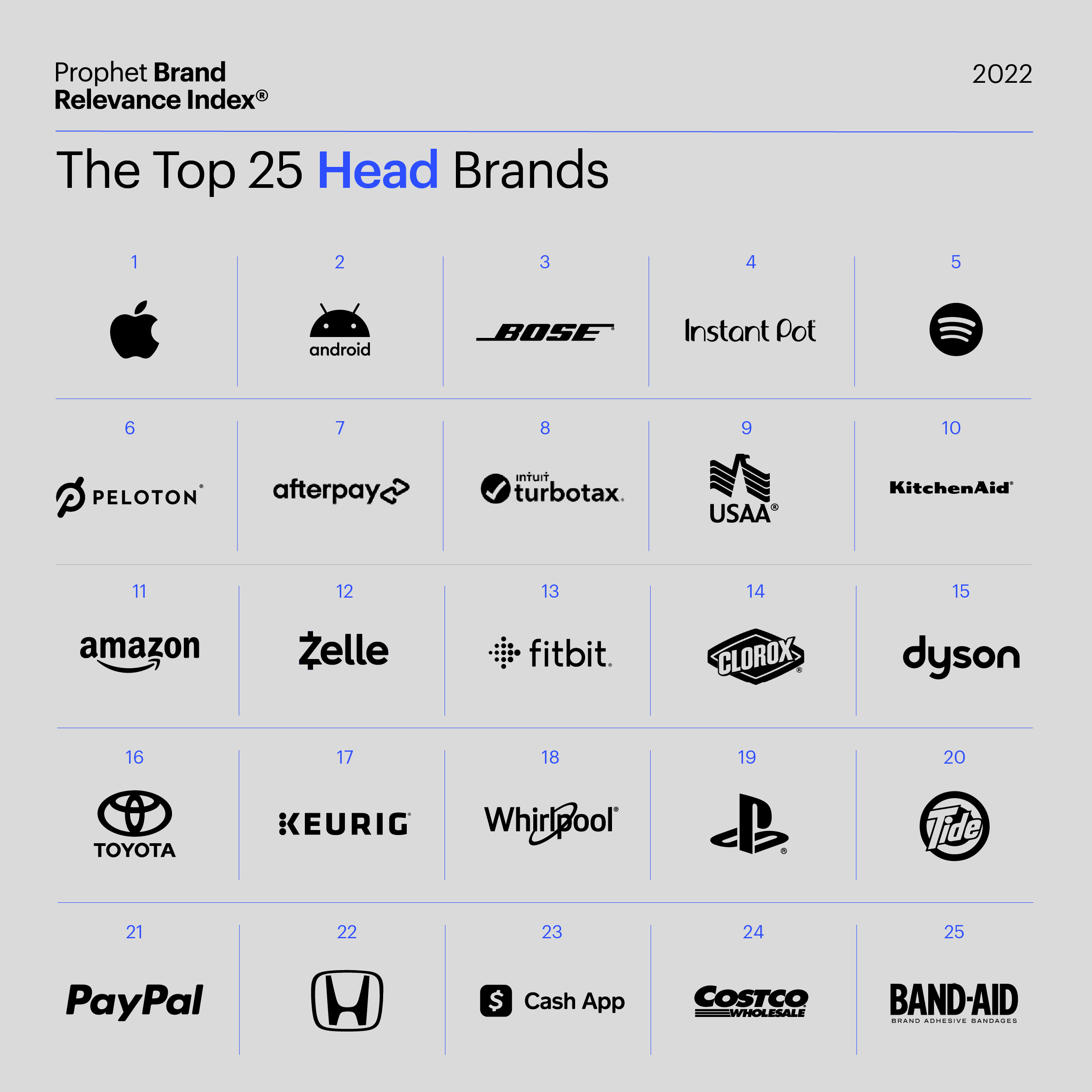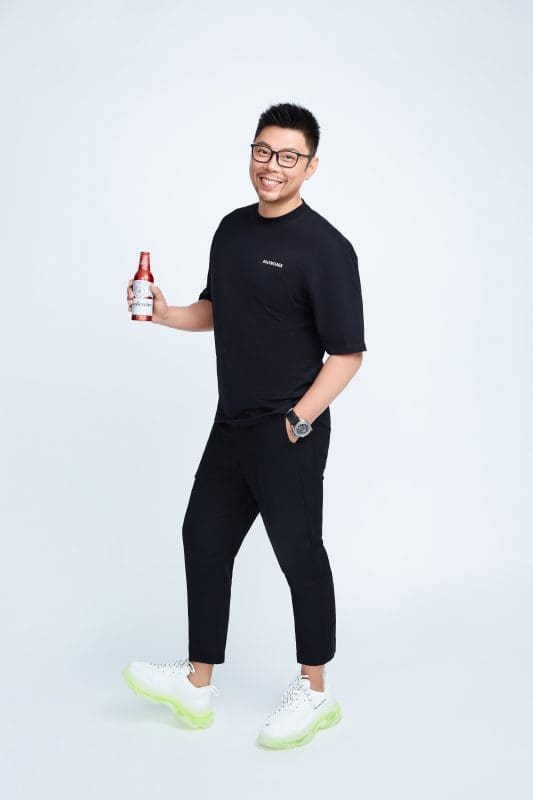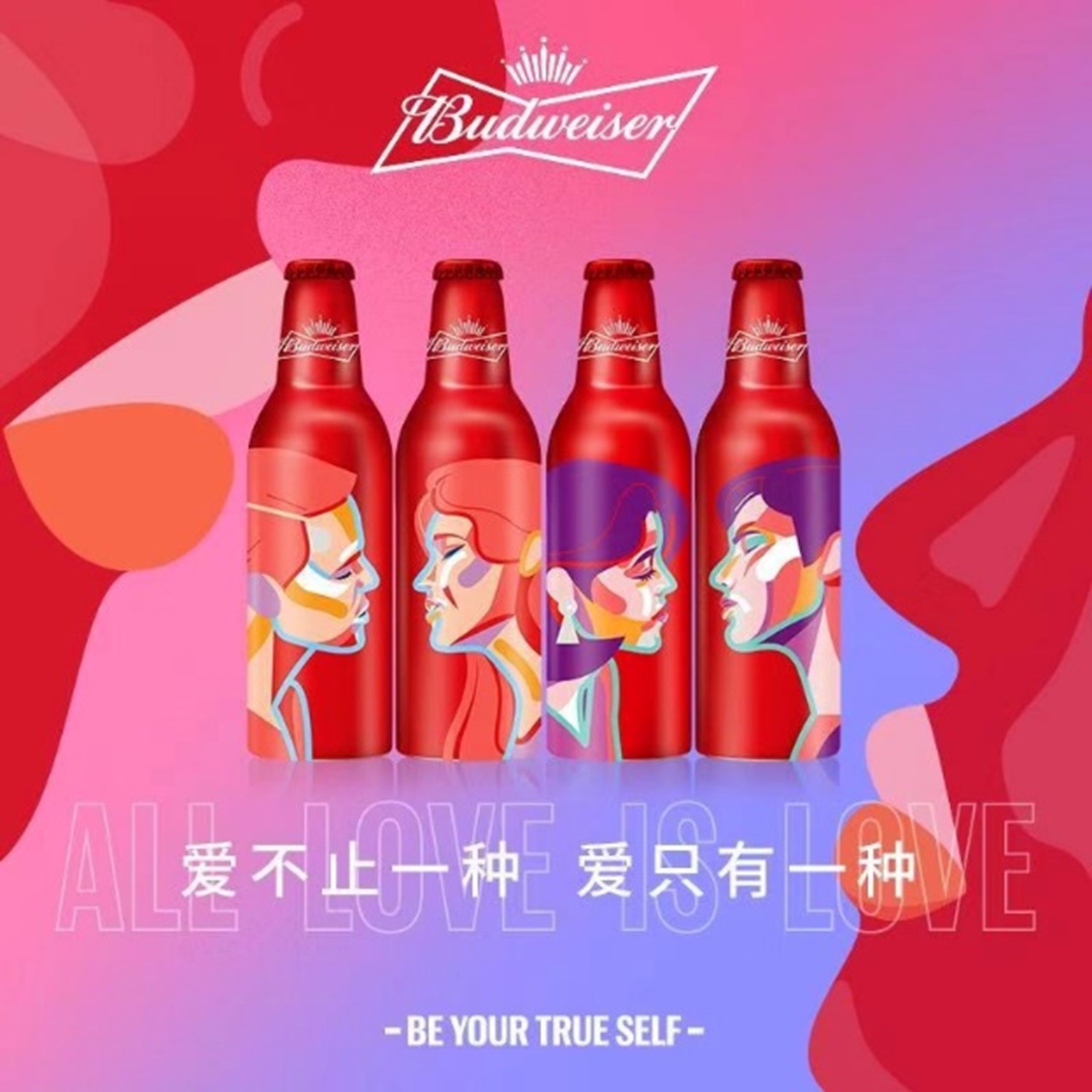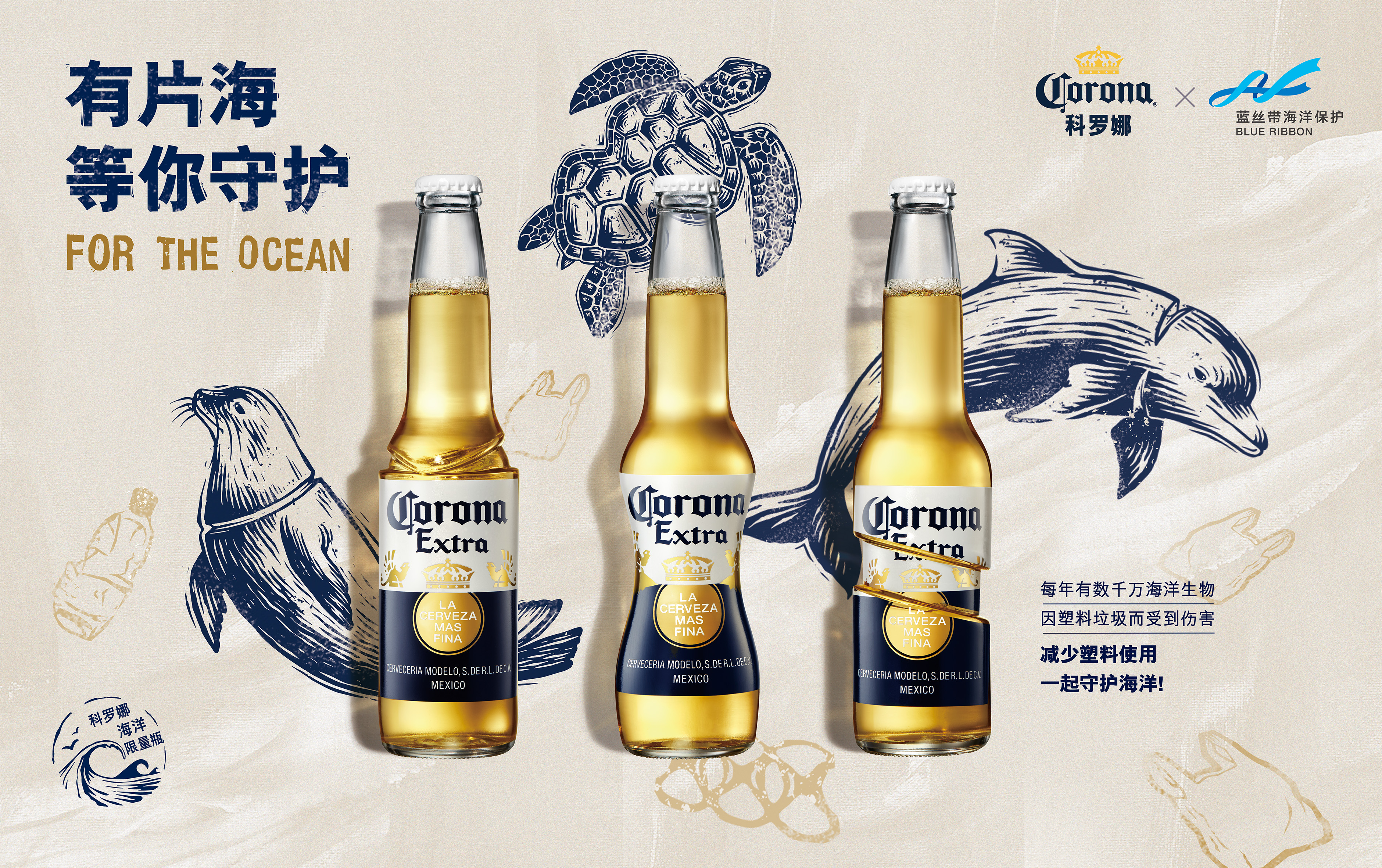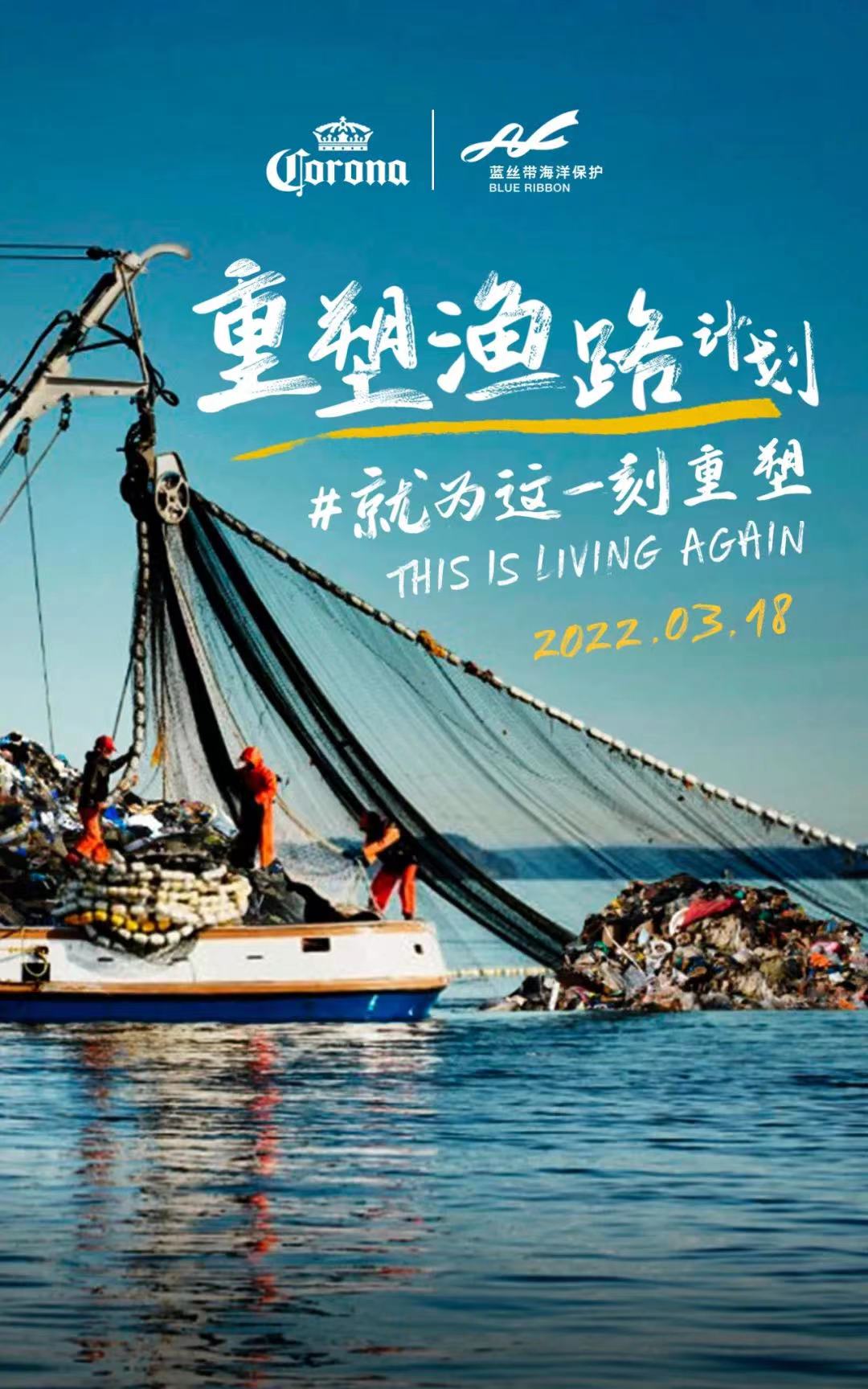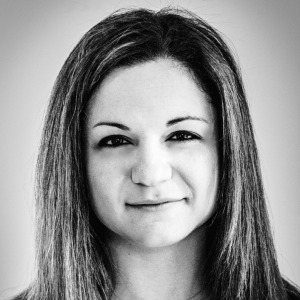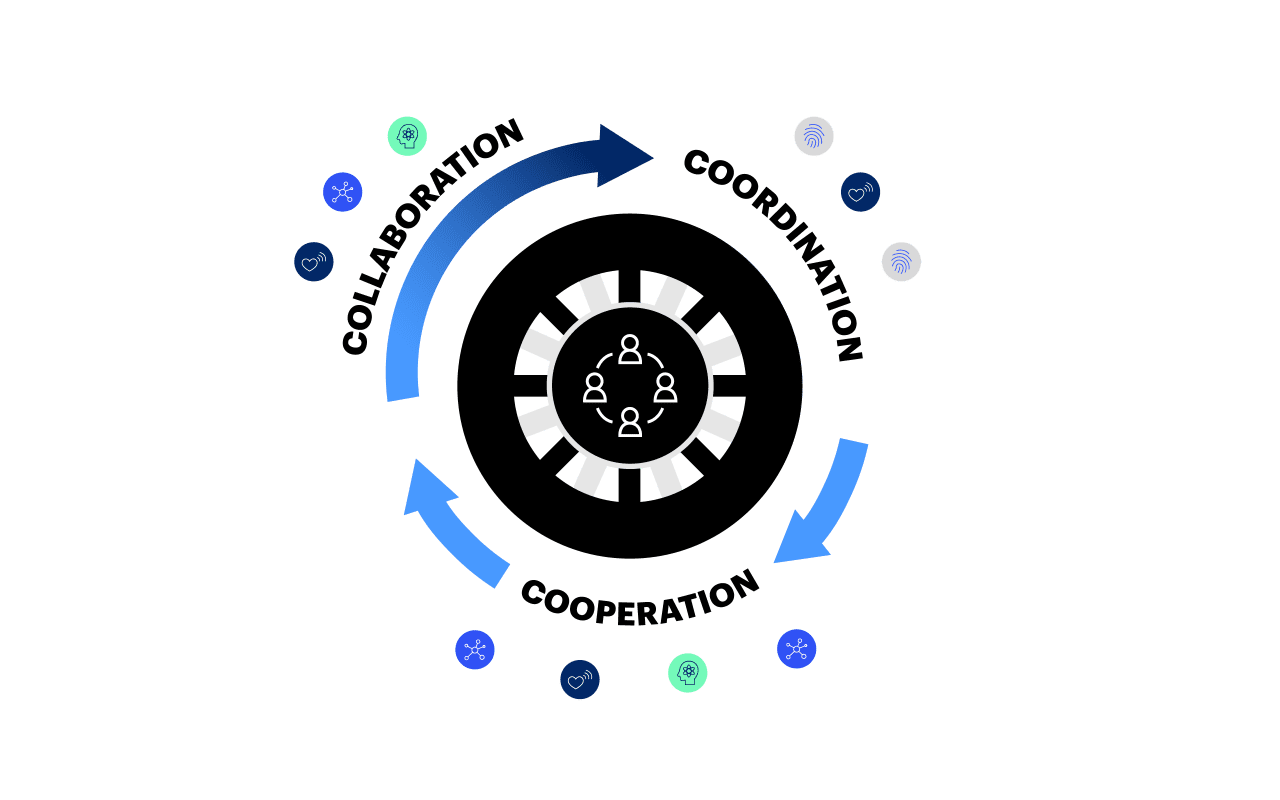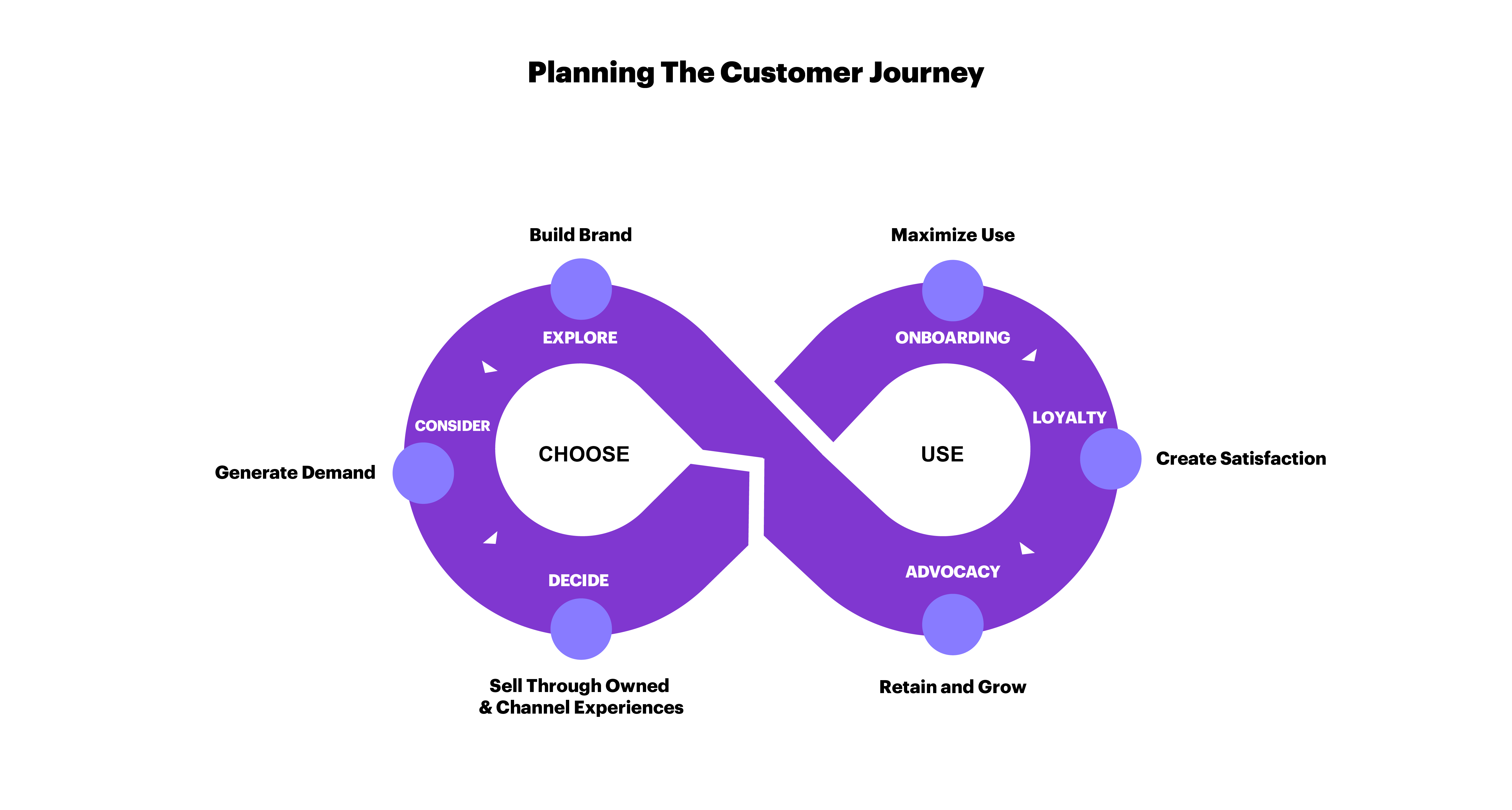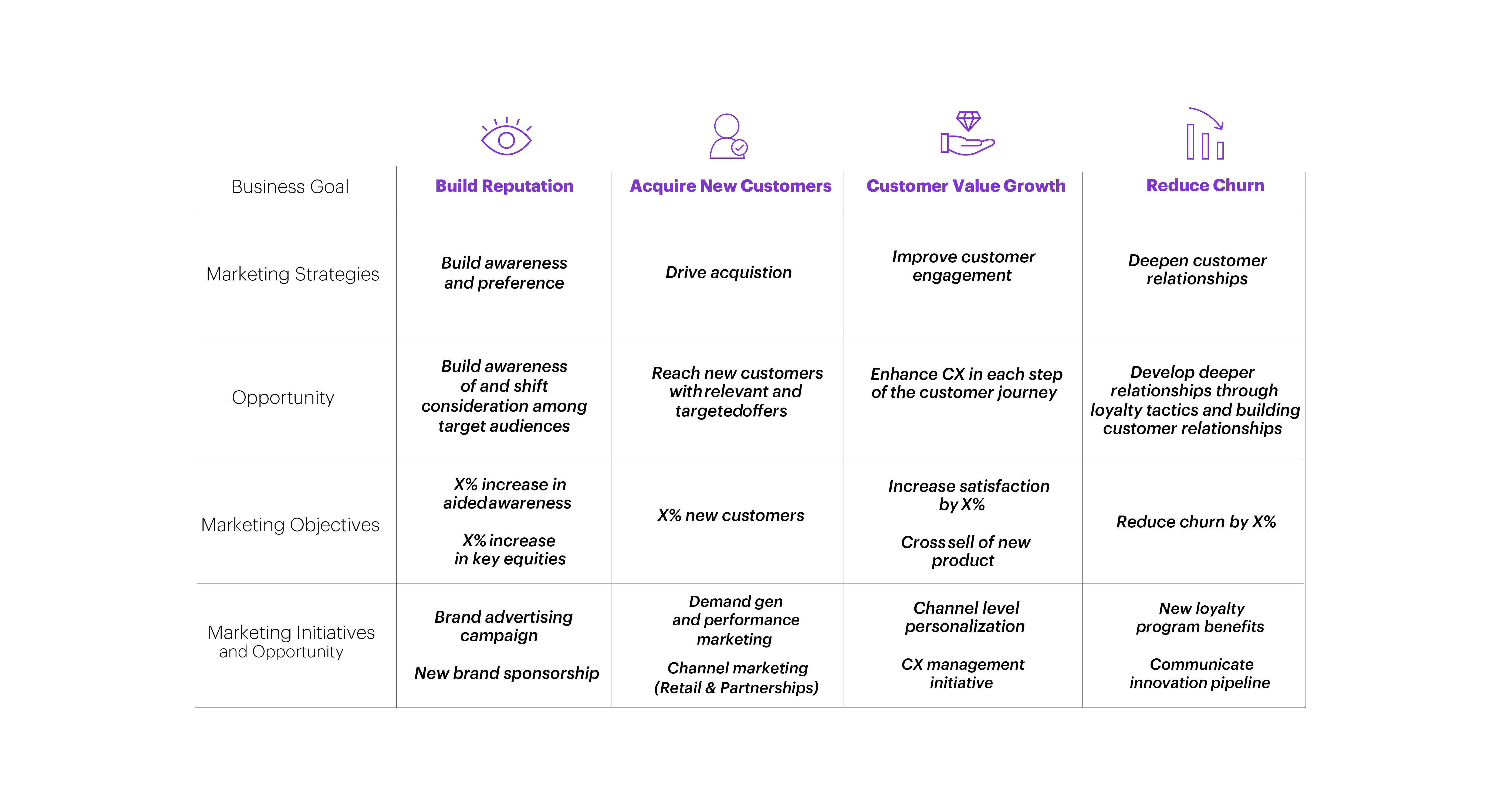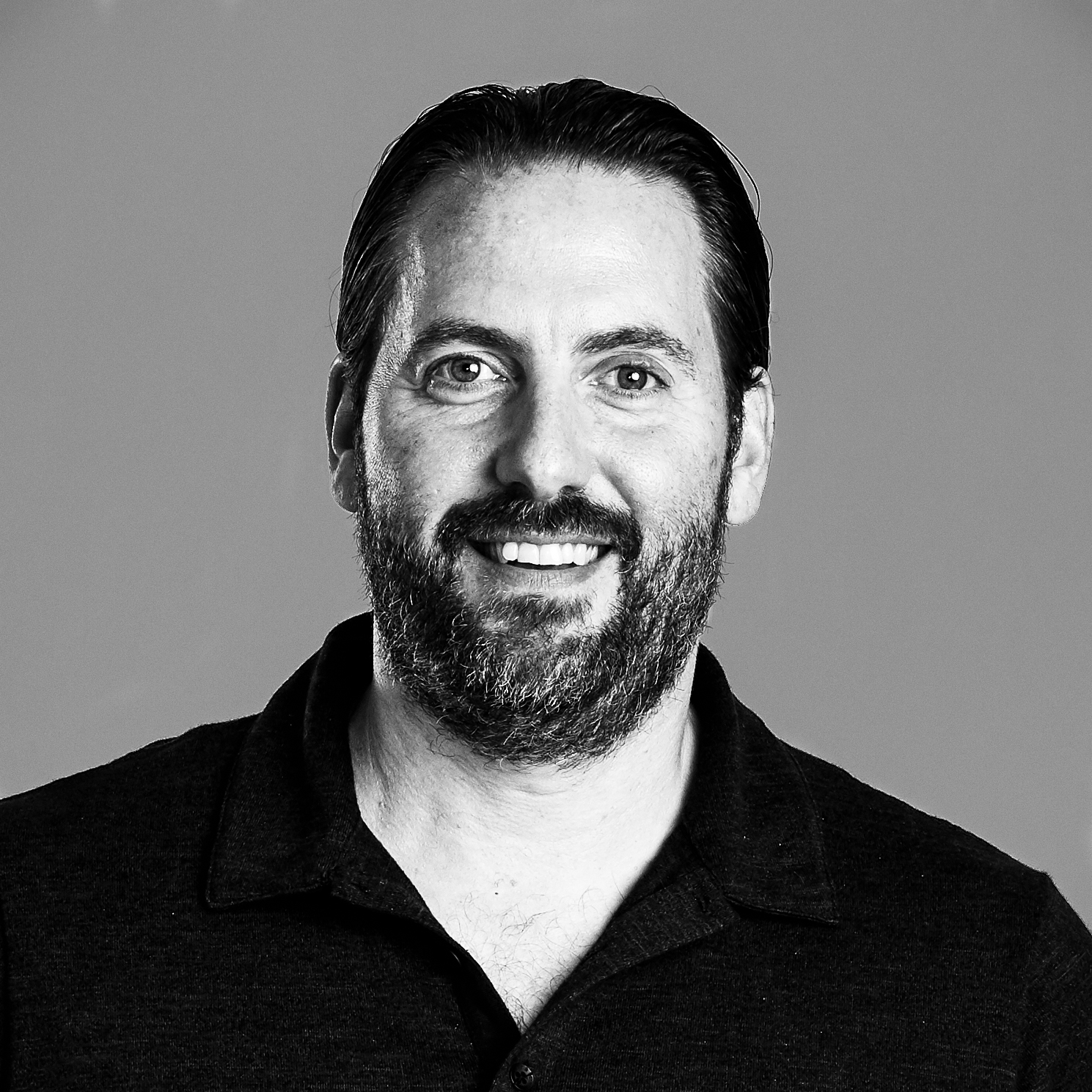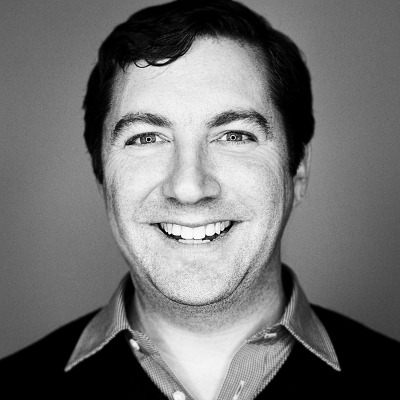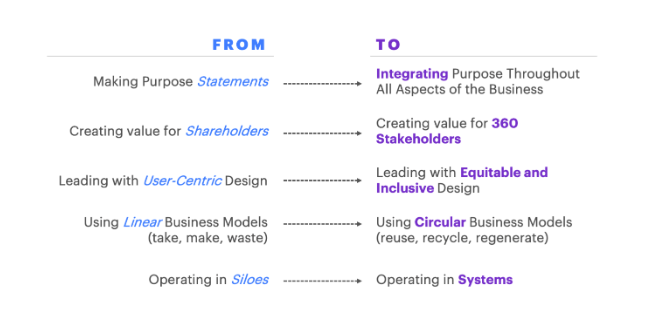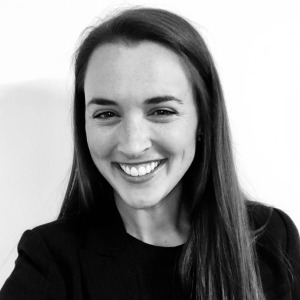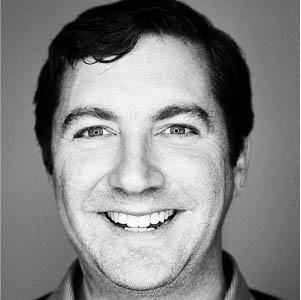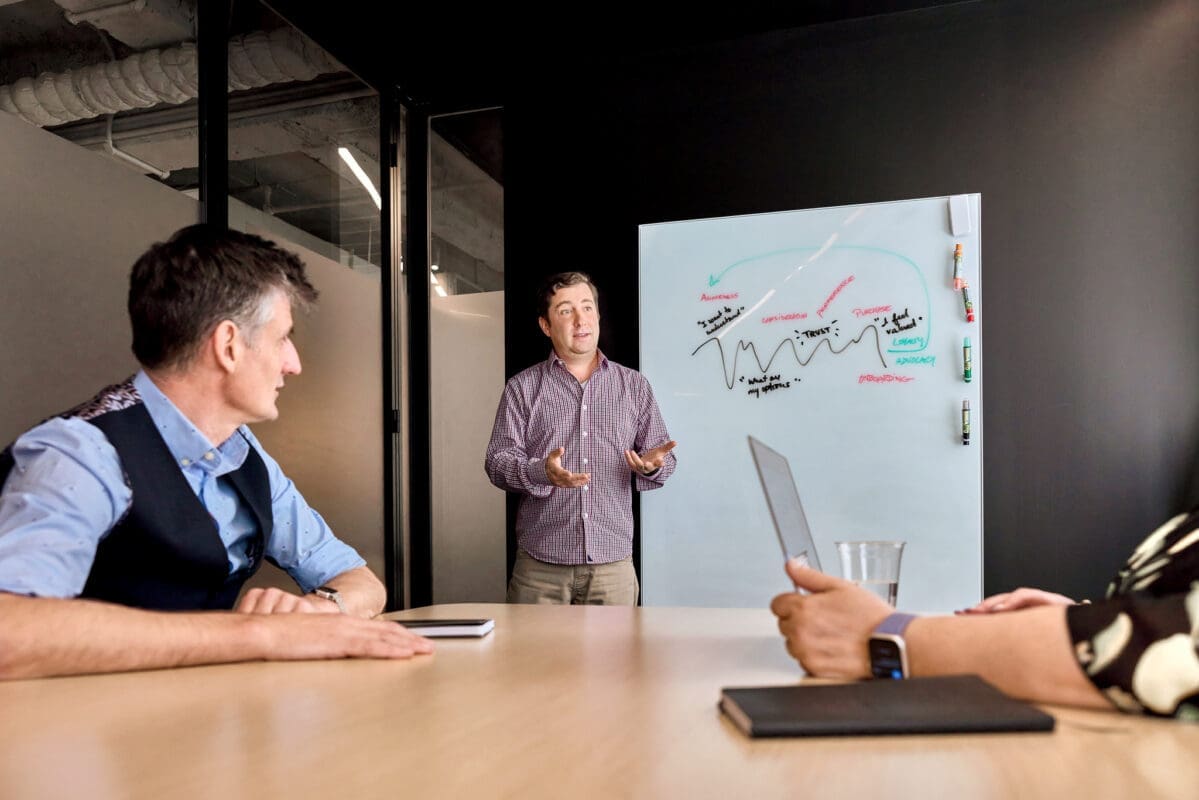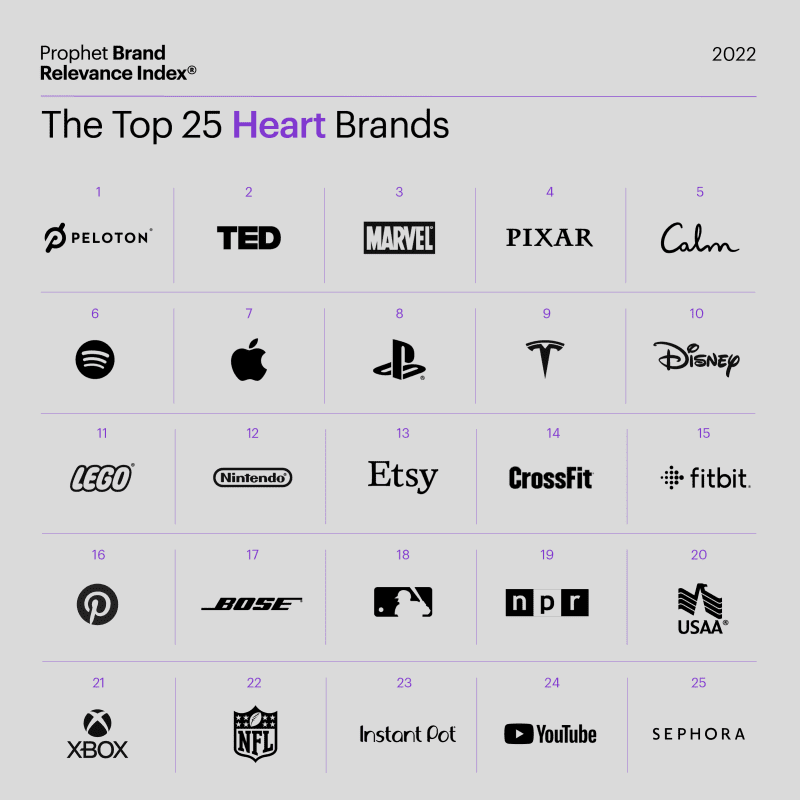BLOG
Demystifying Today’s Confusion Around Brand Purpose and Social Impact
Both brand purpose and ESG strategy are important to build a relevant brand, but they do not have to be one and the same.
The idea of brand purpose is not new. For years Prophet has helped clients fuel business growth by defining their purpose – an evergreen and inspirational North Star that articulates the core business strategy and guides internal and external audiences by answering two key questions: What do we believe? And why do we exist? While brand purpose has long been a critical first step in building and maintaining brand relevance, today, it has become a highly discussed and often misunderstood catchphrase.
A recent “Wall Street Journal” article investigated “the brands-with-purpose strategy,” questioning Unilever’s decision to assign each of its 400 brands a socially or environmentally focused purpose. As purpose continues to rise to the top of brand builders’ “to do” lists, these conversations illustrate a growing misconception: Purpose is being conflated with social or environmental impact. While it’s true that purpose and Environmental, Social, and Governance (ESG) strategies are both critical to building a relevant brand, not all brands’ core reasons for existing can or should be centered around social or environmental impact.
Brand Purpose and Its History
Over the last century, in the first iteration of purpose, brands often focused on signaling strength and building employees’ and shareholders’ confidence. Under legendary CEO Jack Welch in the 1980s, General Electric existed “to be the world’s most valuable company.” Brands formed consumer relationships through one-way mass media communication, and consumers had more transactional expectations of brands, so many brands anchored their purpose (or mission, as they were often called) around a strong product portfolio, optimized operations and a healthy balance sheet that resonated primarily with shareholders. This is no longer a viable option.
In today’s world of unprecedented access to data and elevated customer expectations, brands have an ability – and indeed a responsibility – to speak directly to the needs and motivations of consumers. McDonald’s falls squarely in this realm. The fast-food giant exists “to make delicious feel-good moments easy for everyone.” With a focus on the customer, the brand is built around taste, happiness, ease and accessibility. Many brands today successfully anchor their purpose around the key impact they make in customers’ lives, even as they implement strong and cohesive ESG strategies.
Over the past two years, the pandemic, social justice movements, political polarization and climate crisis have accelerated the transition to the next stage of brand purpose. In this environment, consumers are more socially- and environmentally-minded than ever before and, thus, a socially- or environmentally-oriented purpose can be a viable strategy.
For those brands attempting to build relevance by elevating social or environmental impact into their purpose, two key considerations can help ensure authenticity and avoid accusations of virtue signaling or greenwashing – creating an authentic connection between the business model and social or environmental impact and taking meaningful action to back up the brand’s purpose.
Create an Authentic Connection Between the Business Model and Social or Environmental Impact
The closer the inherent connection between the business model and the social or environmental impact at hand, the more authentic the purpose becomes. Patagonia’s dedication to climate protection, for example, is a natural fit with its outdoorsy audience. Tesla’s quest “to accelerate the world’s transition to sustainable energy” aligns with the gas-free cars it produces. Oat milk brand Oatly exists “to make it easy for people to turn what they eat and drink into personal moments of healthy joy without recklessly taxing the planet’s resources in the process.” As an oat-based milk provider, Oatly can credibly deliver against this purpose simply by continuing to produce oat milk over dairy or almond milk.
Take Meaningful Action to Back up a Brand’s Purpose
Brands must also consistently take real, substantial action to bring their purpose to life. Oatly backs up its purpose with actions like opting to include its environmental impact statistics on the back of its packaging and leading a campaign to encourage lawmakers to require all food producers do the same. Some of Unilever’s brands including Ben & Jerry’s and Dove have been able to authentically build social impact into their purpose through true dedication, as evidenced by in-market moves over many years. Including their recent move to go as far as to sue their parent company “to protect the brand and social integrity Ben & Jerry’s has spent decades building.”
The idea that brand purpose must always be focused on social or environmental impact is a misconception. It is neither authentic nor prudent for every brand to integrate social or environmental impact into its purpose, and many brands with strong ESG strategies do not articulate social or environmental impact as part of why they exist.
Warby Parker, for example, investigated what mattered most to its customers and decided to focus its purpose on style, fit, value and the buying experience – needs that its customers valued more than the brand’s ESG commitment to donate a pair of glasses for every pair purchased. The beloved direct-to-consumer glasses and contacts brand exists today because they “believe that buying glasses should be easy and fun. It should leave you happy and good-looking, with money in your pocket.” While its “buy a pair, give a pair” ESG strategy continues to be a critical driver of employee recruitment and retention, its purpose centers on the key impact it makes in consumers’ lives.
Purpose is the North Star – It’s Not the Whole Universe.
Purpose does not – and should not – provide all the critical elements of a strong brand strategy. A purpose must be brought to life through everything the brand does – internally, by whom it hires, how it supports its employees and how it recognizes the values it stands for, and externally, by the promise it makes to deliver value for customers, the way it portrays itself through its promotional marketing, and, yes, its ESG strategy.
Hellmann’s mayonnaise appears to be following in the footsteps of Ben & Jerry’s and Dove, after integrating an explicit emphasis on social impact into its purpose a few years ago. The condiment brand appears to have an authentic dedication to fighting food waste and is determined to build its brand about this social impact. Additionally, Hellmann’s focused on this food waste initiative explicitly and exclusively in this year’s Super Bowl commercial.
If it continues to consistently live up to this purpose through its actions as well as its advertising, it can create a relevant brand that could differentiate it from the competition – as long as it also continues to relentlessly reinforce its core promise to deliver the best tasting mayonnaise on the shelf. Though the Super Bowl commercial focused entirely on fighting food waste, its tagline “Make taste, not waste” indicates that Hellmann’s is on the right track to creating a relevant brand purpose by balancing consumer benefit and social impact.
FINAL THOUGHTS
Many relevant brands build their purposes around a dedication to making an impact in customers’ lives and maintain a strong ESG strategy that dovetails with this overarching purpose. Those brands who do opt to explicitly integrate a social or environmental impact into their purposes must create a coherent connection to the business model and deliver sustained moves in-market to remain relevant and authentic.
Ready to understand what role social or environmental impact should play in your brand and organization?


